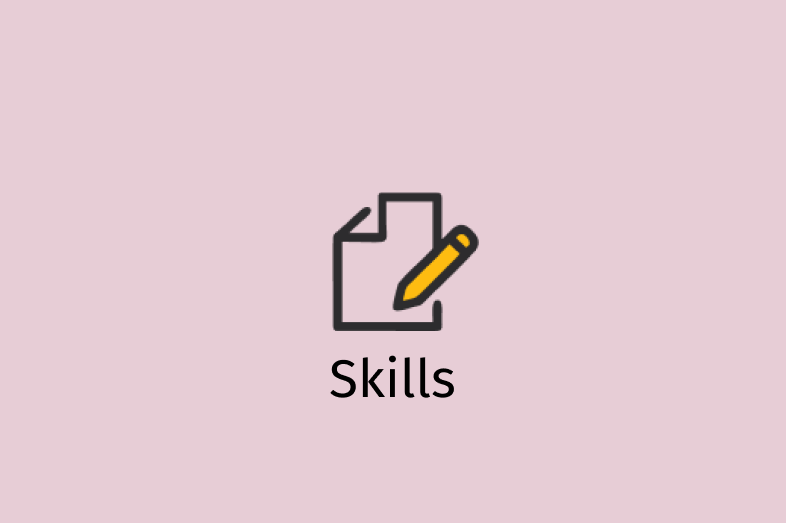
Follow the K-12 Money
This tip sheet was compiled during an EWA 2020 National Seminar caucus on Following the K-12 Money.
This tip sheet was compiled during an EWA 2020 National Seminar caucus on Following the K-12 Money. Participants, led by facilitator Tawnell Hobbs of the Wall Street Journal, shared strategies for tracking how school districts are spending money and budgeting dollars during the pandemic.
Documents to Request:
- Check register
- Detailed budgets
- Purchase orders
- Credit card/P-card information
- Request for proposals
- Invoices
- Contracts
- The full budget: You want to see which funds are increasing and which ones are dropping.
- CARES Act spending: A lot of districts apply for CARES Act spending with the states. You should get those applications to see what districts are requesting and how they plan to spend the money. Are they going to write checks from it? Should you get the check register tied to the fund? States can use 10% for emergency discretion — where’s that money going? Talk to the district official over finances. Will CARES Act spending have its own fund? You need to know how to track it.
Warning Signs to Watch:
- A decreasing fund balance or emergency fund. It shouldn’t be used for recurring costs, like teacher salaries. If they’re using it for salaries, they’re in trouble.
- Unusual moves by decision makers, like awarding contracts in an area they haven’t really cared about.
- Credit card purchases for even dollar amounts can indicate a gift card purchase, which makes it easier to hide spending, since the receipt just indicates a gift card was bought. How often do you go to the store and it’s an even $12 or $10?
- Watch back-to-back purchases. This is done to keep under spending limits that require approval. For example, some school districts require board approval for expenses over $500.
- Look for understaffing in the office that monitors funding transactions. For instance, it would be hard for a staff of one to manage hundreds of transactions a day.
- Frequent change orders and/or budget amendments
- Big budget swings
Stories We Should Be Covering:
- PPE spending (masks, shields, dividers, hand sanitizer, thermometers, etc.)
- Technology programs for remote learning. A lot of districts didn’t realize how many students couldn’t get online because of no internet or device.
- What is being bought? Superintendents are getting a lot of leeway with spending during the pandemic under emergency spending guidelines. There’s less school board scrutiny.
- Social-emotional and mental health care needs. Districts are hiring people and/or contracting with companies for these services.
- Additional academic support. School districts are working on improving remote learning programs, which were hurriedly rolled out to the spring and were lackluster.
- Distancing students. What are some districts doing to keep students separated? A district in Montana bought hula hoops for kindergarteners to keep them in their own space.
- Child care issues with remote learning and hybrid schedules. Some districts are talking about having in-house child care centers, but parents might have to help with costs.
- Contact tracers. Some districts are hiring their own contract tracers. Districts are counting on teachers to have a good idea of who’s coming into class, and some are putting out ads for contact tracers.
- Teacher absences. Substitute teacher budgets are expected to go sky high as teachers quarantine due to COVID-19 positive students.
- CARES Act spending in individual schools. Look at individual schools: How is the money being divided by campus? Some districts have great PTAs who will likely help with PPE and other necessities, but what about those that don’t have that luxury? Schools are already requesting funding from their districts; you can track at the school level.
- Busing contracts. Districts that were hoping to not have to pay for buses in the spring were required to do so due to being locked in by contracts. What about the fall? Will districts have to acquire more buses or try to stagger pick-up/drop-off schedules to social distance?
- What happens when CARES money is not enough to pay for remote learning and PPE needs?
- Training. A big problem with remote learning was that teachers were not trained to teach the method. Are districts getting teachers trained for the fall?
- Grades. Will districts feel comfortable issuing grades in the fall? What kind of training did they receive in the summer?


